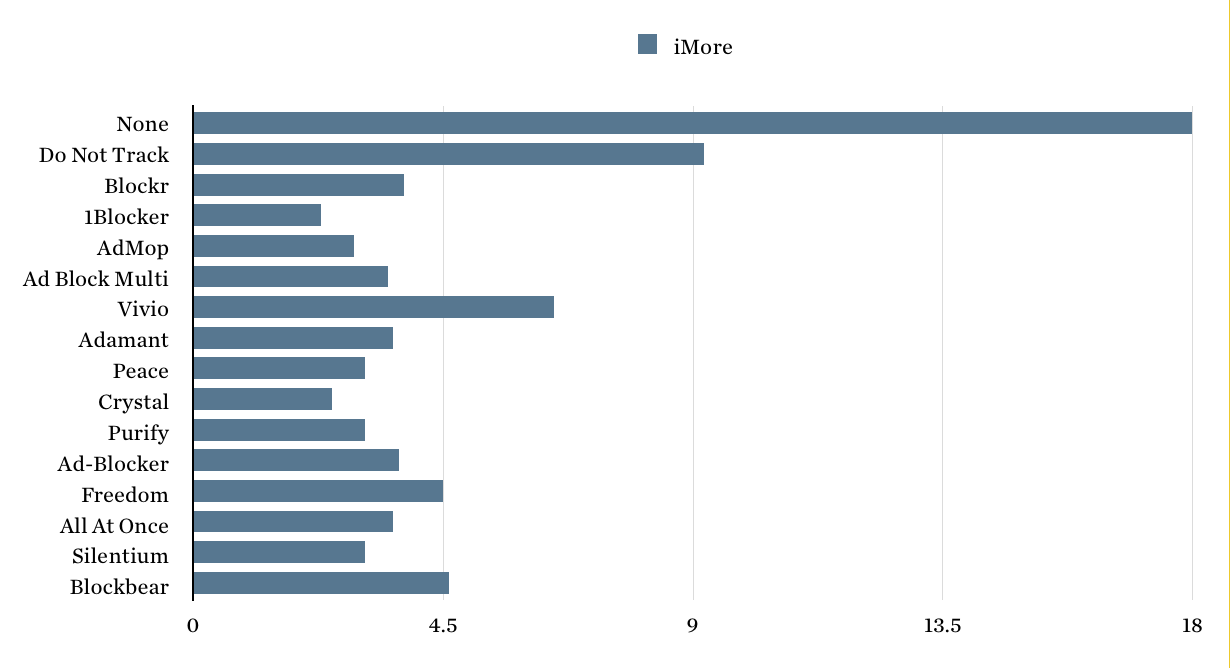AT&T expects more than two million net adds in the third quarter of 2015, with gains in “every customer category (postpaid, prepaid, connected devices and reseller).”
At such levels, AT&T would rival T-Mobile US in terms of net account additions. The caveat, some would say, are the relative contributions from key postpaid accounts, compared to either prepaid or machine-to-machine accounts.
To be sure, M2M or Internet of Things accounts are expected to represent the next big wave of revenue growth for mobile operators in developed nations. On the other hand, M2M account additions also represent far less revenue per account than accounts supporting mobile phones.
In the second quarter of 2015, AT&T added 2.1 million accounts, about a million of which were connected car accounts. Postpaid accounts were 410,000 while 331,000 net new accounts were prepaid.
In the same quarter, T-Mobile US added about one million new postpaid accounts, generally considered the most-important type of mobile phone account. About 760,000 of the postpaid accounts were phone customers. The balance were tablets.
T-Mobile US also added 178,000 branded prepaid customers, largely through its MetroPCS arm. The firm also added roughly 870,000 wholesale accounts.
AT&T expects positive branded voice net adds in the third quarter of 2015, with growth of mobile service earnings (EBITDA) margins.
AT&T reiterated its guidance for full-year adjusted earnings per share, double-digit revenue growth and continued consolidated margin expansion, even with foreign exchange pressure from the company's international operations.
The company also expects capital spending to increase from second-quarter levels and free cash flow (cash from operating activities minus capital expenditures) to be greater than $4.5 billion for the quarter. The Company also reaffirmed all other full-year guidance.

